In a world where technology dominates, many traditional art forms have faded into obscurity. These unique crafts, once revered, are now almost forgotten. Each carries a rich history and intricate technique, often passed down through generations. As modernity takes over, these art forms struggle to survive. Let’s explore a few that deserve to be remembered.
Tinsmithing
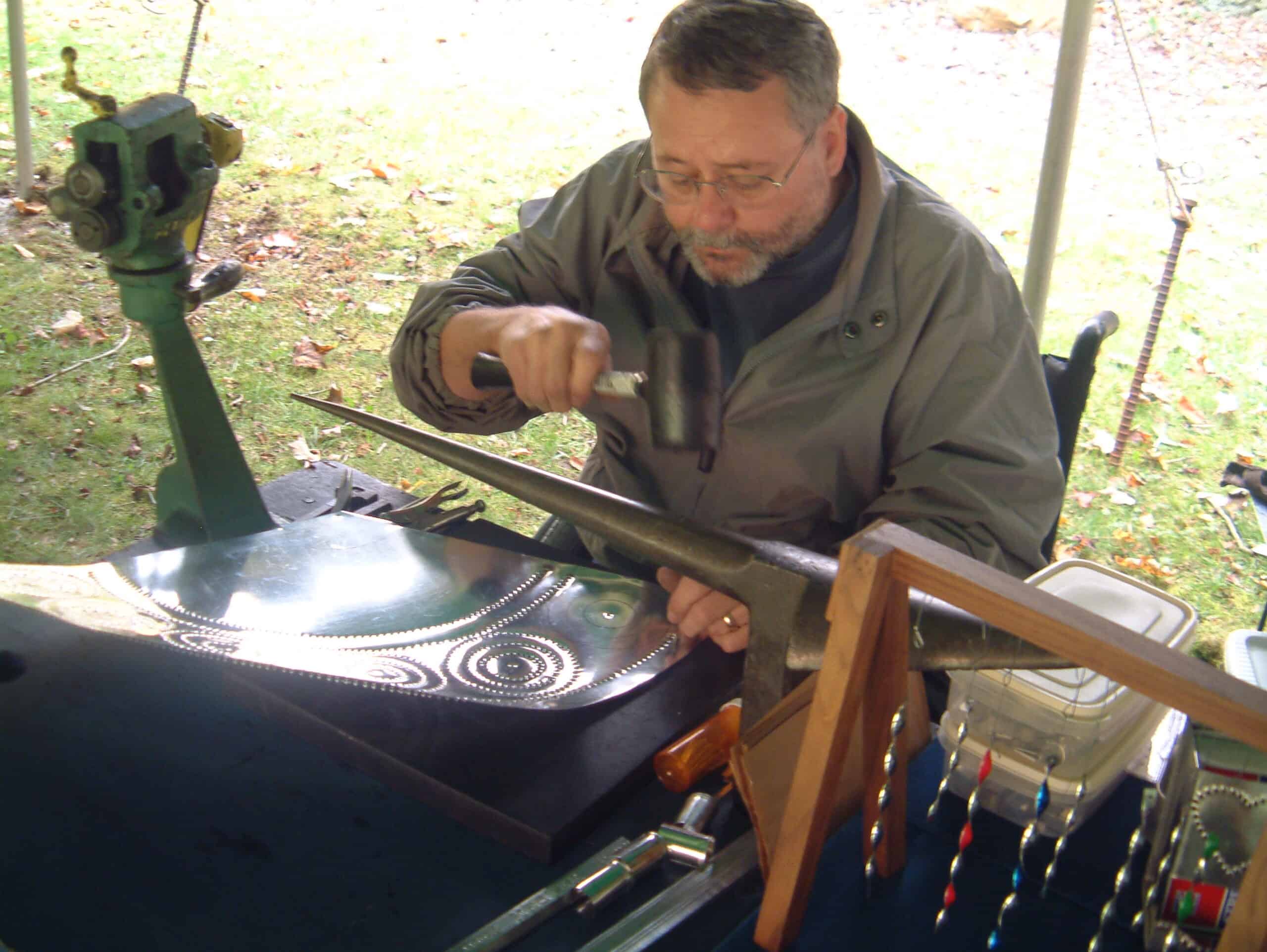
Tinsmithing, a craft dating back to the Middle Ages, involves shaping tinplate into household items. Tinsmiths would create everything from lanterns to kitchenware by hand. The process required skill in cutting, bending, and soldering the thin metal sheets. As industrialization took over, mass production replaced the need for handcrafted tin items. The art of tinsmithing has since declined, leaving behind only a few skilled artisans. Today, it’s a nostalgic reminder of simpler times when everyday items were made with care.
Pietra Dura
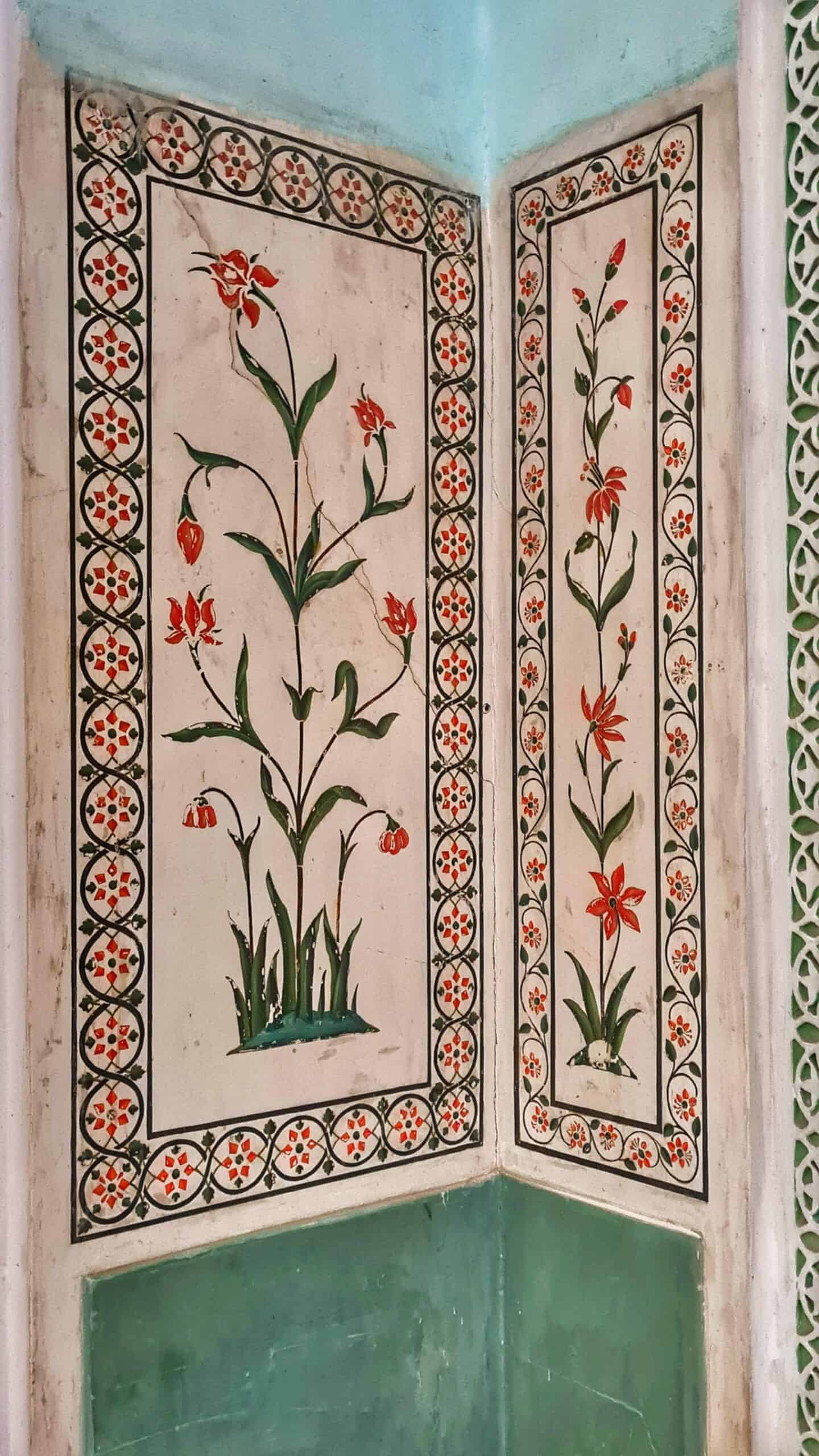
Pietra Dura is a mosaic technique using finely cut and polished stones to create intricate images. Originating in Florence during the Renaissance, it was often used in furniture and architectural decoration. Artists would carefully select stones for their color and texture, then fit them together like a jigsaw puzzle. The result was a stunning, durable piece of art that could last for centuries. However, this labor-intensive process fell out of favor with the advent of cheaper, faster production methods. Now, Pietra Dura is a rare and treasured craft, practiced by only a handful of experts.
Kumiko Woodworking
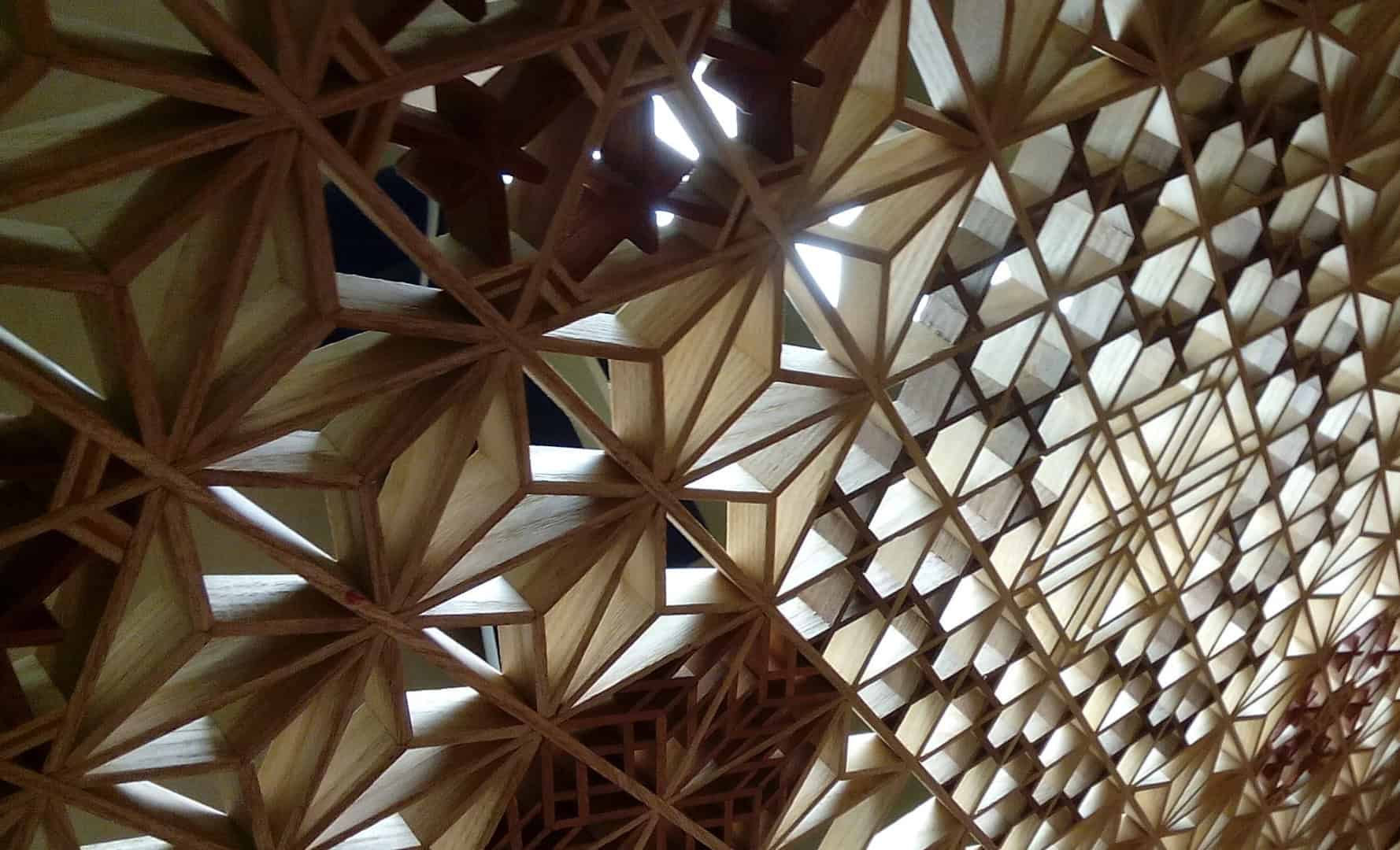
Kumiko woodworking is a Japanese technique of assembling wooden pieces without nails or glue. This delicate craft dates back to the Asuka period and was traditionally used in shoji screens. Each piece of wood is meticulously cut and fitted to form intricate geometric patterns. The precision required in Kumiko woodworking is astounding, with every joint fitting perfectly. However, modern building materials and techniques have overshadowed this ancient art. Today, only a few artisans continue to preserve this tradition, keeping the beauty of Kumiko alive.
Feather Work (Plumasserie)
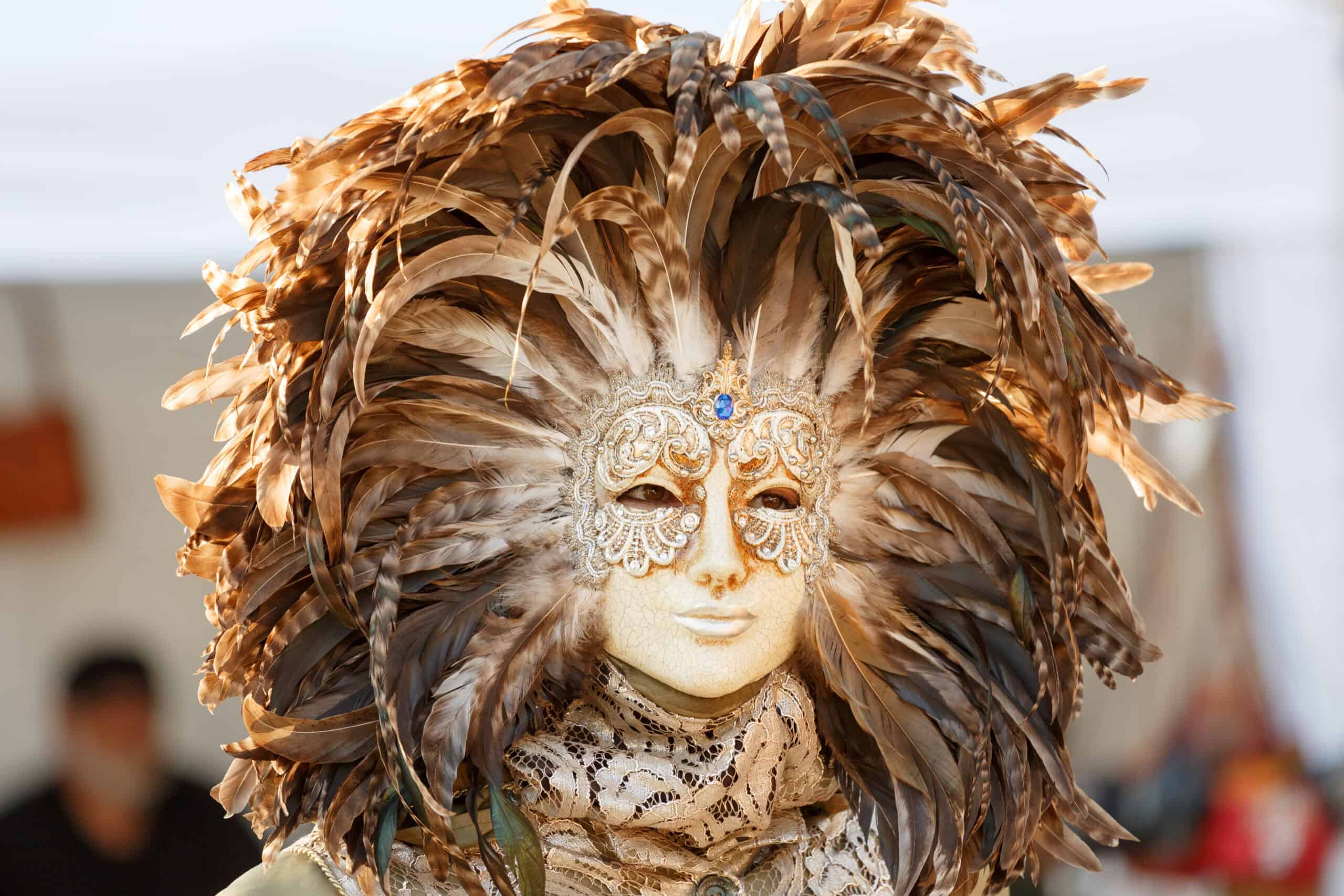
Feather work, known as Plumasserie, involves creating intricate designs using bird feathers. This art form has ancient roots, particularly in the ceremonial costumes of Native Americans and South American cultures. Artisans would carefully select and arrange feathers to create vibrant patterns and textures. In Europe, Plumasserie became fashionable in the 18th century, adorning hats and clothing. However, with the rise of synthetic materials, the demand for feather work declined. Now, it’s a rare and delicate craft, preserved by only a few specialized artisans.
Batik Art
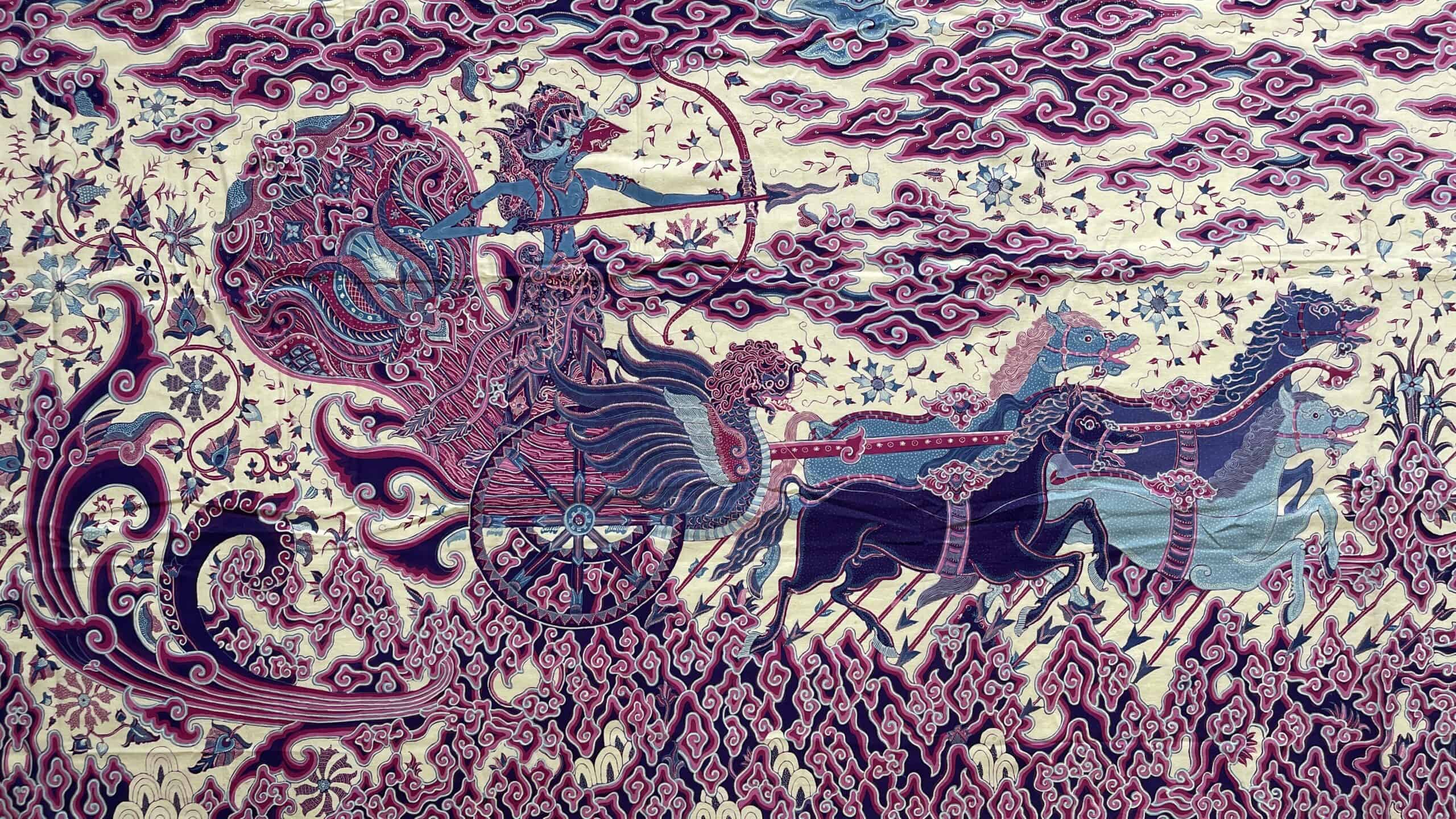
Batik is a traditional textile art that uses wax-resist dyeing techniques. Originating in Indonesia, it involves applying wax to fabric in intricate patterns, then dyeing the cloth. The wax prevents the dye from penetrating certain areas, creating a stunning contrast of colors. This labor-intensive process requires skill and patience, as each piece is unique. Batik was once a highly valued art form, but mass-produced textiles have overshadowed it in recent years. Despite this, Batik remains an important cultural heritage in Indonesia, with efforts being made to preserve the craft.
Lacquerware
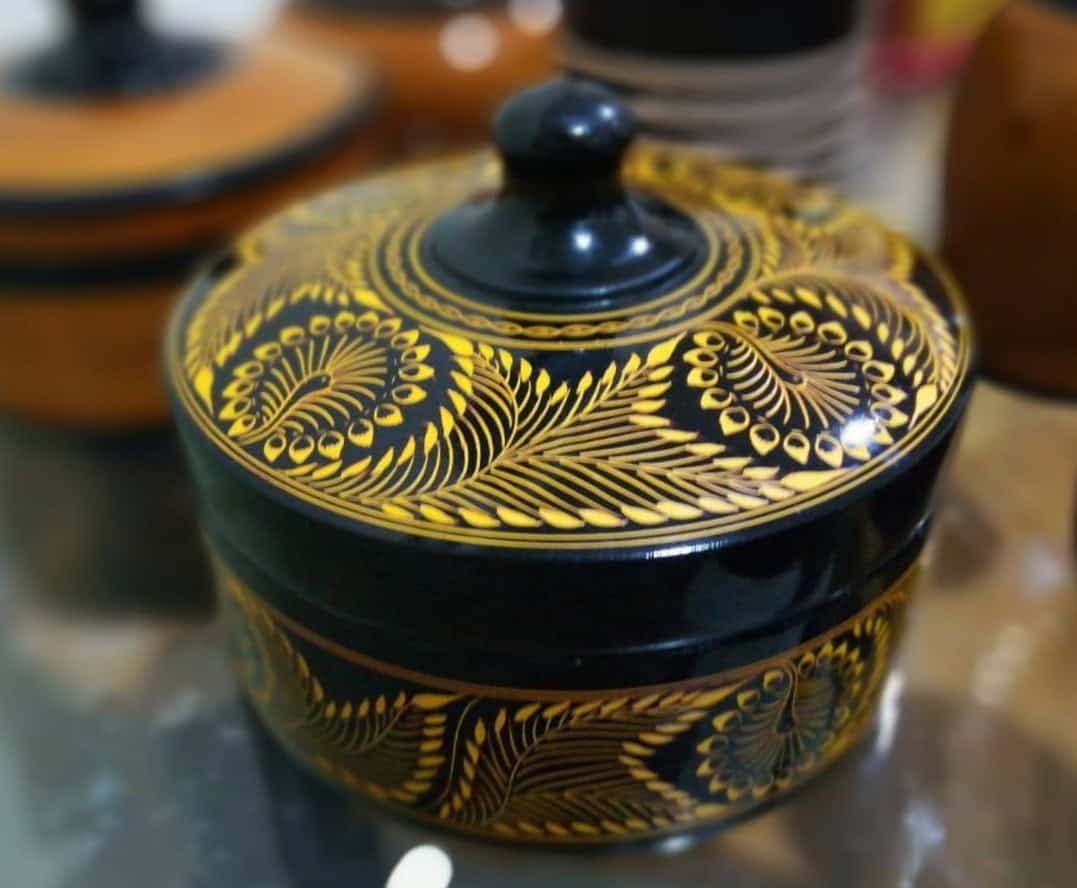
Lacquerware is the art of coating objects with a glossy, protective finish made from the sap of the lacquer tree. This craft has ancient origins in East Asia, where it was used to create both functional and decorative items. The process involves applying multiple layers of lacquer, each one painstakingly sanded and polished. Artists often embellish lacquerware with inlaid designs using materials like gold, silver, or mother-of-pearl. However, the time-consuming nature of this art form has led to its decline. Today, authentic lacquerware is a rare and valuable commodity, admired for its beauty and durability.
Reverse Glass Painting
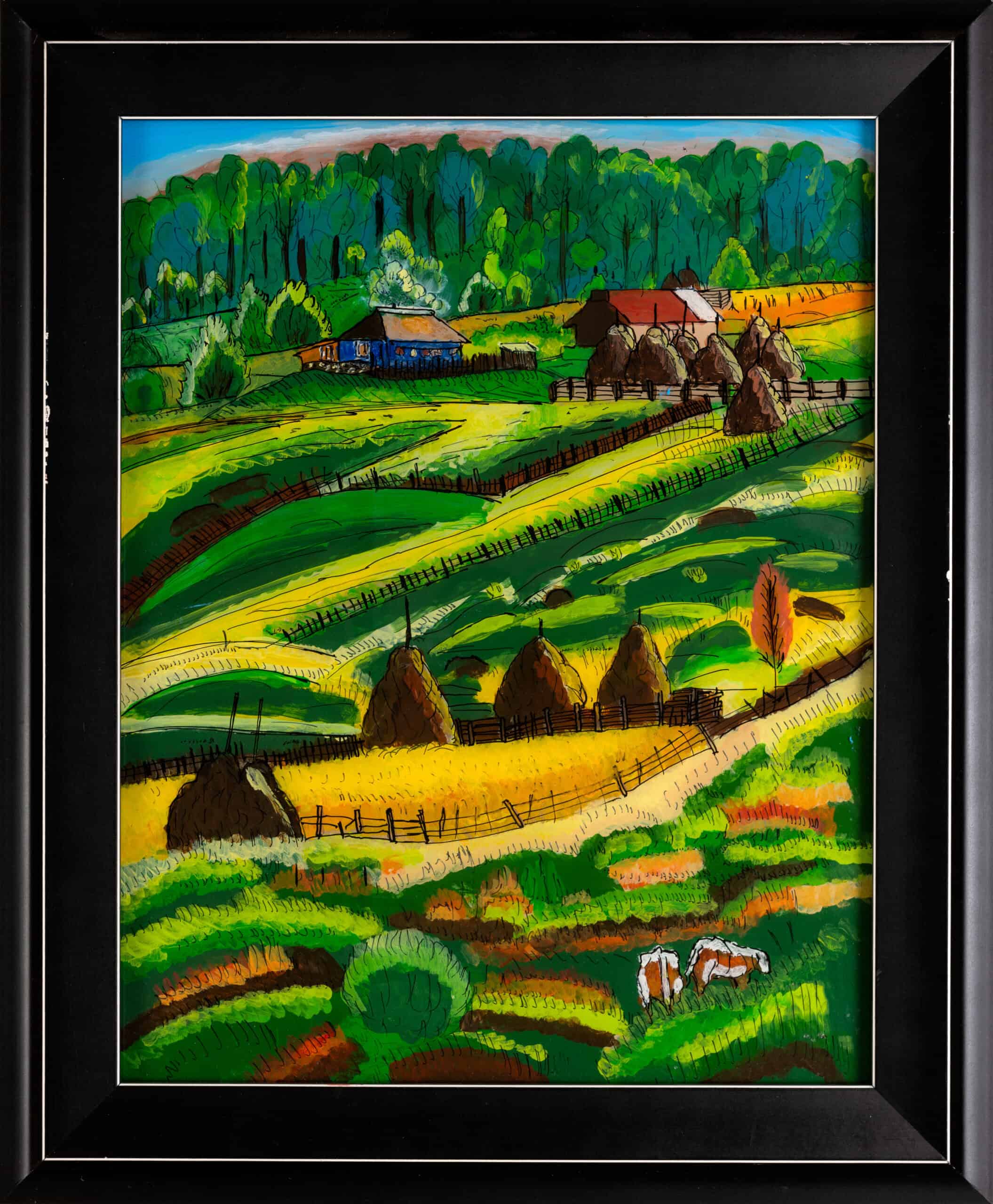
Reverse glass painting is a technique where artists paint on the backside of a glass surface. This method requires precision, as the image must be created in reverse order. Originating in Europe during the Middle Ages, it was often used for religious icons and decorative panels. The finished work is viewed from the front, giving it a luminous quality. This art form requires careful planning, as mistakes are difficult to correct. With the advent of new art materials and methods, reverse glass painting has become less common. Now, it’s a rare and cherished technique, kept alive by a few dedicated artists.
Micromosaic
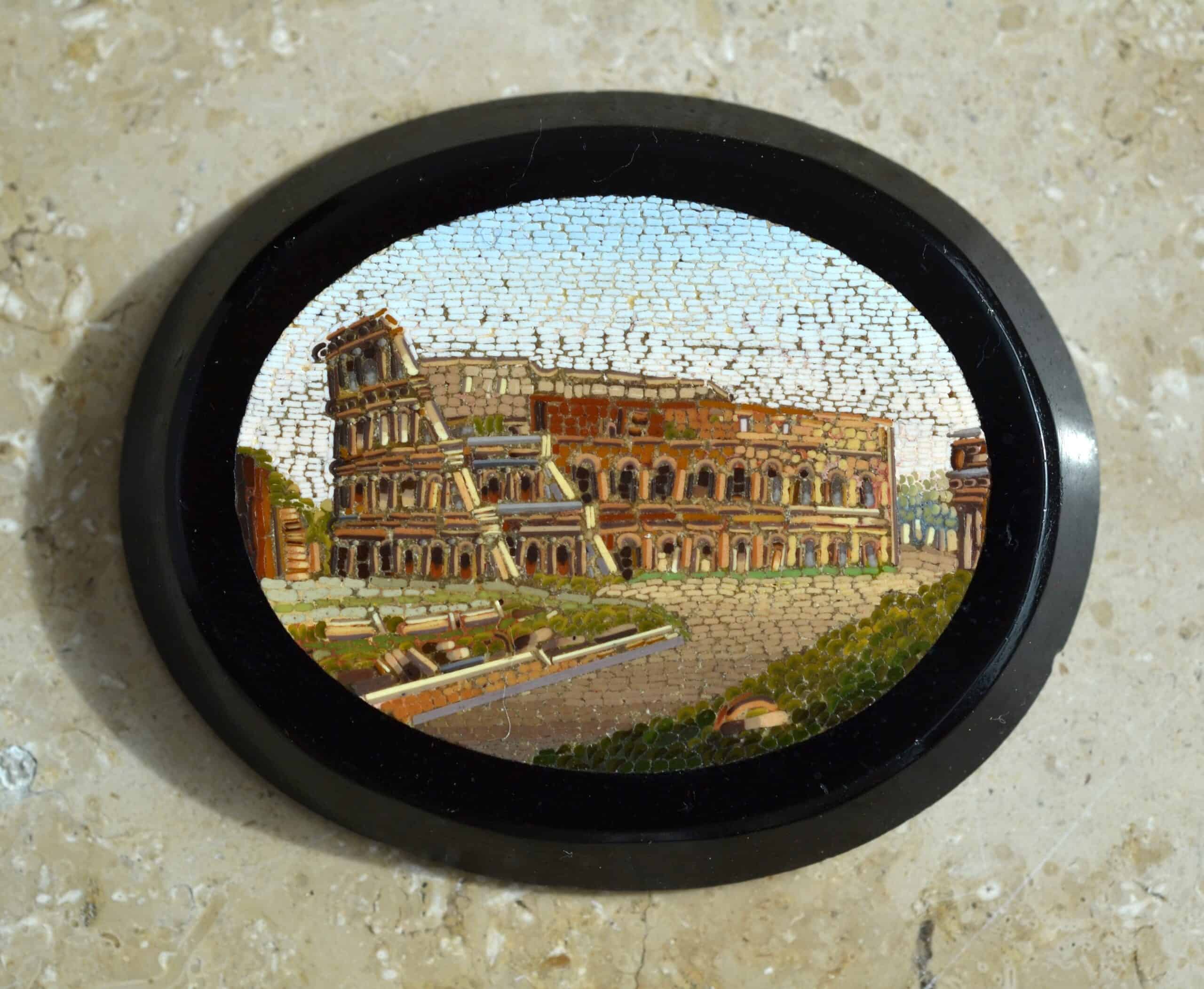
Micromosaic is a delicate art form that involves creating images from tiny, colored glass pieces called tesserae. Developed in Italy during the 18th century, it became popular for its ability to capture detailed scenes. Artists would painstakingly arrange the tesserae to form intricate designs, often depicting landscapes or portraits. The precision required for micromosaic is incredible, with some pieces containing thousands of tiny tiles. However, the labor-intensive nature of this craft led to its decline in the 19th century. Today, micromosaics are highly prized by collectors, and only a few artists continue this meticulous work.
Pysanky (Ukrainian Egg Decorating)
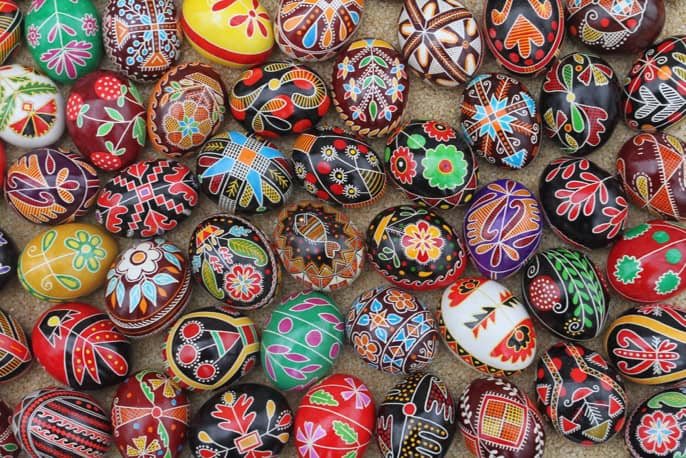
Pysanky is the ancient Ukrainian art of decorating eggs with intricate patterns. This tradition dates back over a thousand years and is deeply rooted in Ukrainian culture. Artisans use a wax-resist method, where designs are drawn with wax before the egg is dyed. Multiple layers of wax and dye create complex, multi-colored patterns. Each symbol and color holds specific meaning, often linked to fertility, protection, or prosperity. Today, the tradition of Pysanky is preserved by a small number of dedicated artists, keeping this vibrant art form alive despite its decline in popularity.
Bone Carving

Bone carving is an ancient art form that dates back thousands of years, practiced by cultures around the world. Artisans would carve intricate designs into animal bones, often creating tools, jewelry, or religious artifacts. The process involves carefully shaping the bone with knives or chisels, then polishing it to a smooth finish. Each piece is unique, with the natural texture and color of the bone adding to its beauty. However, with the advent of modern materials, bone carving has become less common. Today, it is a rare craft, preserved by a few traditional artisans.
Kintsugi (Golden Joinery)
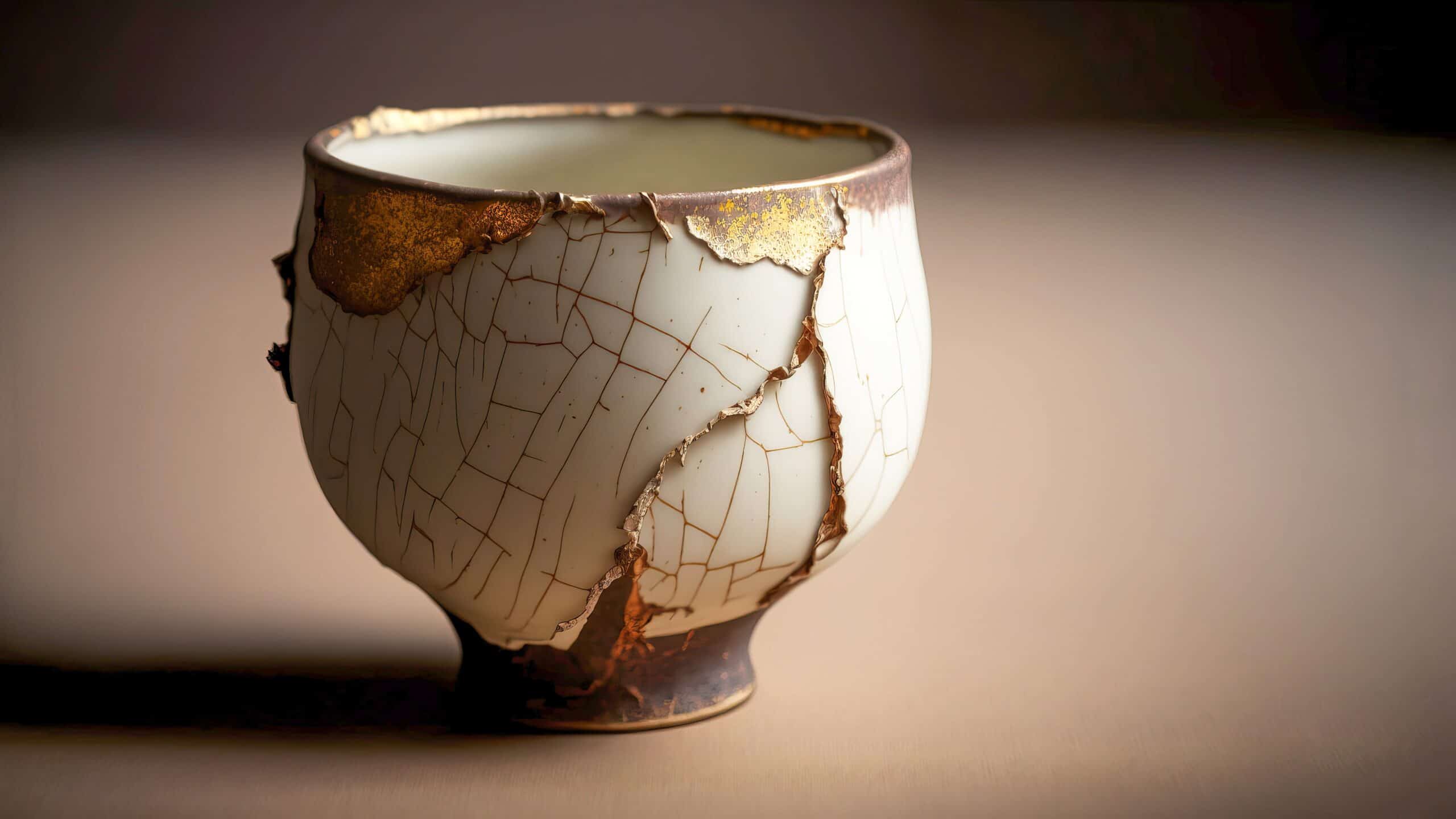
Kintsugi, also known as golden joinery, is the Japanese art of repairing broken pottery with lacquer mixed with powdered gold. This technique transforms a damaged object into something more beautiful, highlighting its history and imperfections. The philosophy behind Kintsugi embraces the idea of finding beauty in flaws and celebrating resilience. Each repaired piece becomes unique, with the gold veins adding character and value. However, the meticulous nature of this craft has made it less common in modern times. Kintsugi is now practiced by a small number of artisans who continue to honor this ancient tradition.
Punch Needle Embroidery
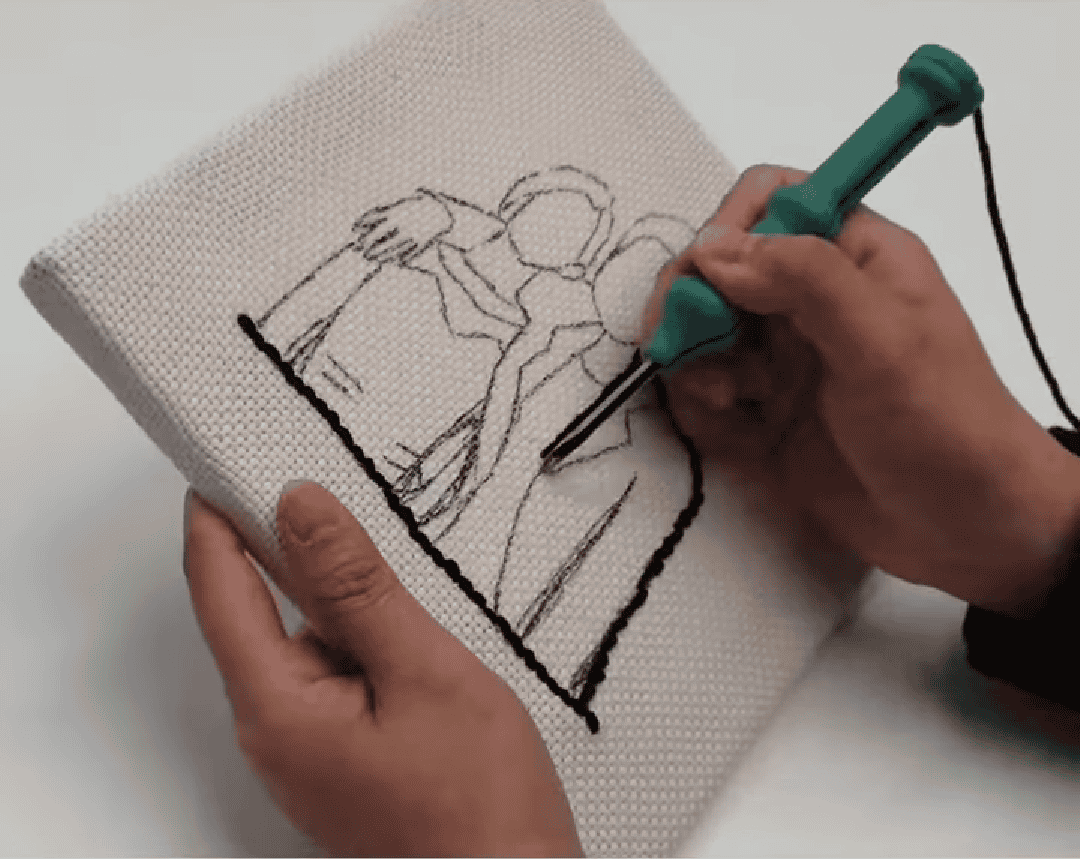
Punch needle embroidery is a textile art that involves creating raised, textured designs on fabric using a specialized needle. This craft dates back to ancient Egypt but gained popularity in Europe during the 19th century. The punch needle allows for quick and intricate stitching, resulting in a looped pile that resembles a miniature rug. Artisans use this technique to create decorative items like cushions, wall hangings, and clothing embellishments. Despite its rich history, punch needle embroidery has largely fallen out of fashion. However, it is experiencing a resurgence among modern crafters who appreciate its tactile appeal.
Shibori Dyeing
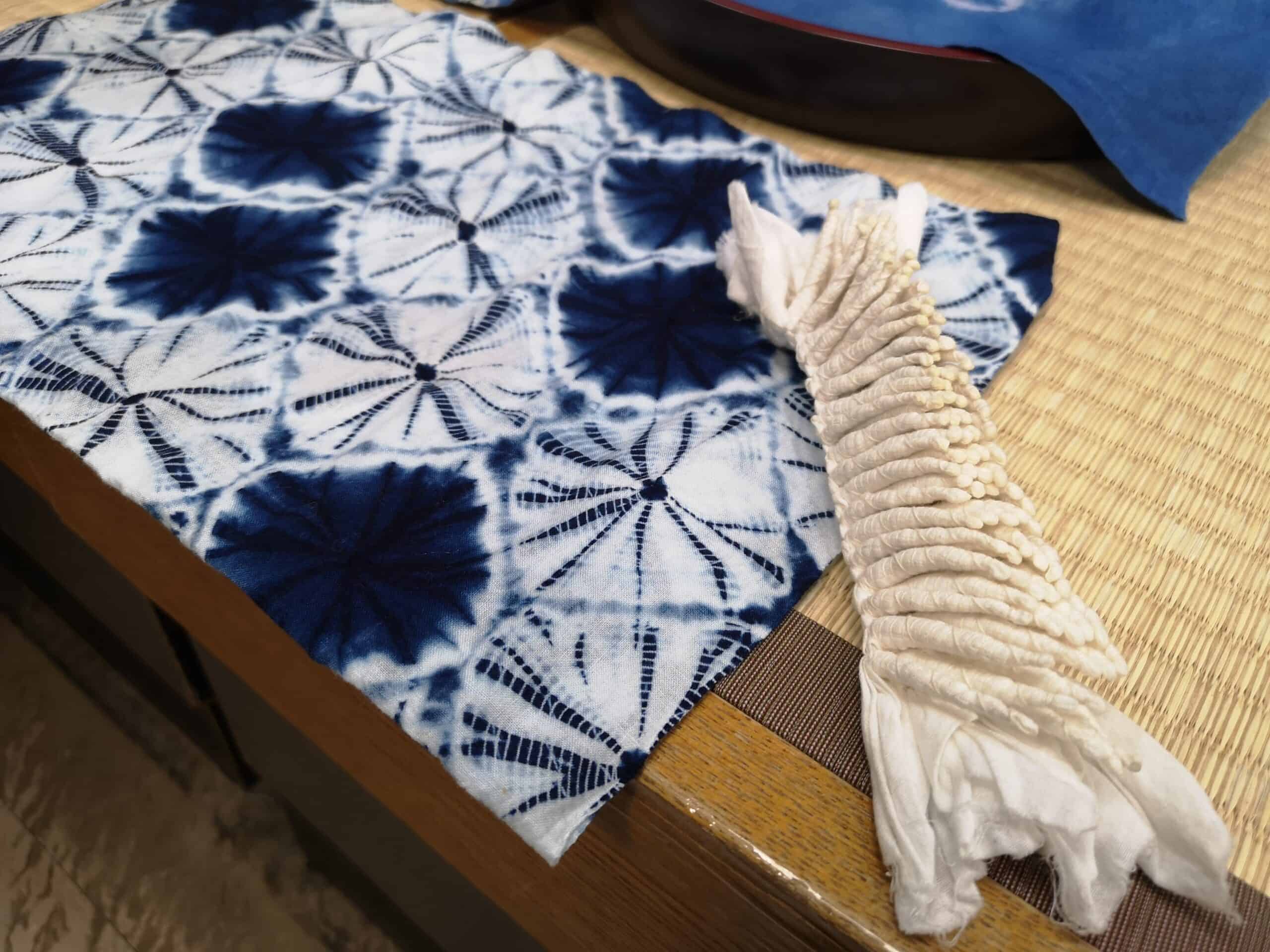
Shibori is a traditional Japanese dyeing technique that involves folding, twisting, or tying fabric before dyeing it, usually with indigo. This process creates unique patterns that are often geometric or organic in design. Shibori dates back to the 8th century and was originally used to create clothing for the aristocracy. The method requires skill and precision, as the placement of folds or ties determines the final pattern. Each piece of Shibori is one-of-a-kind, reflecting the artisan’s creativity and expertise. However, with the rise of mass-produced textiles, Shibori has become less common, though it remains cherished by those who value its artisanal quality.
This article originally appeared on Rarest.org.
More from Rarest.org
1960 Roosevelt Dime Value Guide

Are you looking for another coin for your collection? If yes, then you should take a look at the 1960 dime. Read More.
19 Secret Gardens with Unique Plant Species

Discovering secret gardens with unique plant species is a delightful journey into the world of horticultural wonders. Read More.
9 Ancient Relics Found in Shipwrecks

Shipwrecks are time capsules, preserving remnants of ancient civilizations beneath the waves. These underwater discoveries offer a unique glimpse into the past, revealing artifacts that tell stories of trade, artistry, and daily life. Read More.
